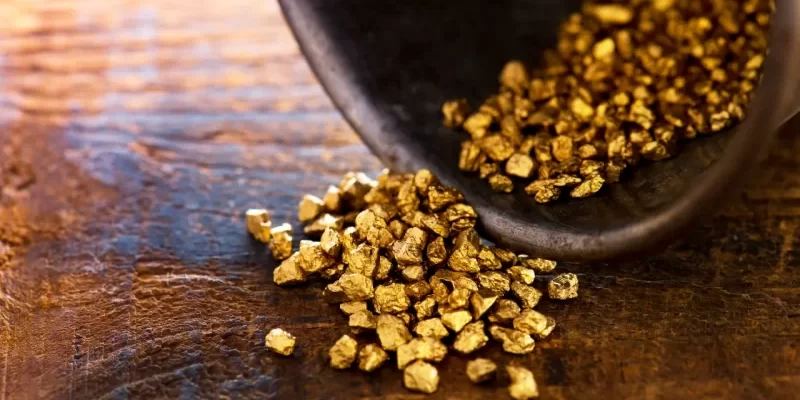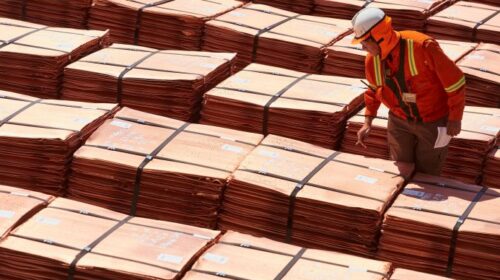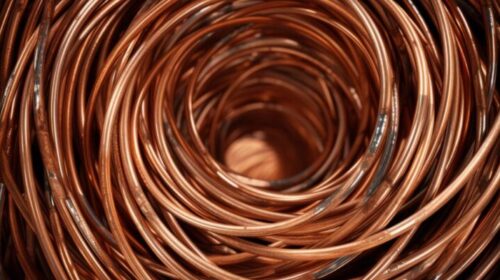West Africa’s Mining Industry Flourishes with Gold Production at the Helm
There has hardly been a more exciting time for West Africa’s mining sector. For an industry that has grown steadily since the 1990’s, the implementation of new legal frameworks, mining codes, environmental standards and more efficient permitting processes, has promoted the development of the industry to new heights and encouraged private sector engagement and investment.
As more projects increasingly populate the landscape, the region has emerged as a key player in markets of global significance, most notably gold.
While sub-Saharan production of this resource has historically been dominated by South Africa, in the last decade the ramp-up of gold production by a number of countries in West Africa has propelled the region in seniority within the continent, and indeed the world.
Three countries – Ghana, Mali and Burkina Faso – are now ahead of South Africa in terms of gold production and are estimated to account for 33% of the continent’s gold production between them.
The three are also now members of the top 12 producing countries worldwide (according to the World Gold Council) and, with capacity expected to increase alongside other rising nations such as Côte d’Ivoire, Niger and Senegal, the region is fast-becoming a dominant figure.
The excitement is, however, not just limited to gold as the region is also home to a wide array of resources such as iron, uranium and precious stones, alongside metals and minerals that will be key to the forthcoming energy transition – aluminium, manganese, zinc, lithium are also richly present.
All-in in West Africa
A number of recent announcements from the region are highlighting the broad spectrum of opportunities on offer and being developed. Some of these include:
Cora Gold: Recently appointed Atlantique Finance to act as sole adviser in the structuring and mobilisation of a US$70mn loan to support the development of its flagship Sanankoro Gold Project in South Mali.
The company swiftly followed this announcement with the commencement of the construction tender process to transition the project into a producing mine and has now appointed key management personnel to oversee this.
Barrick Gold: Celebrated the 26-year partnership between itself and Mali. President and chief executive, Mark Bristow, commented, “We are continuing to invest in the future of Loulo-Gounkoto.
Successful exploration is more than replacing the ounces we mine as well as identifying new growth opportunities with the potential to deliver the next generation of major discoveries in the Loulo region.”
Stella Vista: Acquired the Kalia iron project in Guinea, one of the largest iron ore projects globally which has received more than US$350mn in investment since 2007. The group will continue with production and investigate the potential of the laterite nickel deposit which overlays the iron ore deposit.
Atlantic Lithium: Delivered the definitive feasibility study for the Ewoyaa Lithium Project in Ghana, a project that will become the country’s first lithium mine.
Ricca Resources: Reported the definition of multiple lithium in soil anomalies and a planned auger drilling programme following a large-scale soil sampling programme at the Atex Lithium-Tantalum Project in Côte d’Ivoire.
FG Gold: Making progress on the Baomahun Gold Project in Sierra Leone which is set to become the country’s first large-scale commercial gold mine.
The project consists of the development of a 2.5 Mtpa open pit mine, processing plant and supporting infrastructure. Early construction works commenced in Q1 2023 with local contractors on site and first gold pour is expected for 2025 – as a result of the experience of its directors and management team alongside execution partners such as Knight Piesold and Lycopodium.
Fortuna Silver: Achieved first gold pour at the Séguéla Mine in Côte d’Ivoire on 24 May 2023, a milestone that has been achieved quickly given it was only acquired at feasibility stage by the company in 2021.
The mine is now transitioning from commissioning to ramp-up where it will likely achieve nominal rate of production during Q3 2023.
As countries in the region progress in their bids to exploit natural resources for growth, this is creating a host of opportunities not just for investors but also the array of international machinery manufacturers, power suppliers, logistics service providers, local contractors and more that are involved in commissioning and maintaining these projects.
49 total views , 2 views today





